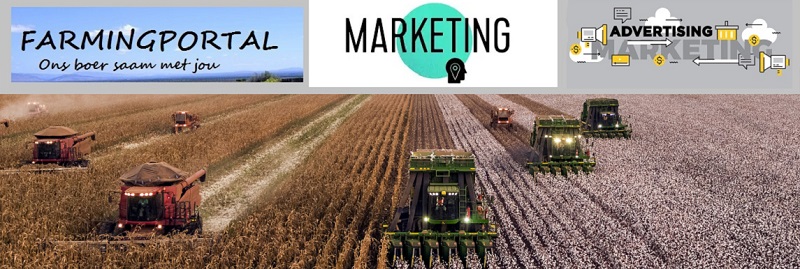We have many such “zombie ideas” in South Africa’s agriculture. This may seem petty, but some of the things I have heard, for example, are that:
- South Africa has more or less 40,000 commercial farmers
- Then there are more or less 2.5 million small-scale farmers
- And a further 2.75 million people who perform some form of agricultural activity for home consumption or sale to the market

DISCLAIMER
The views and opinions expressed in this program are those of the writers and do not necessarily reflect the views or positions of any entities they represent. The information contained in this website is for general information purposes only. The information is provided by CRA and while we endeavour to keep the information up to date and correct, we make no representations or warranties of any kind, express or implied, about the completeness, accuracy, reliability, suitability or availability with respect to the website or the information, products, services, or related graphics contained on the website for any purpose. Any reliance you place on such information is therefore strictly at your own risk.

















